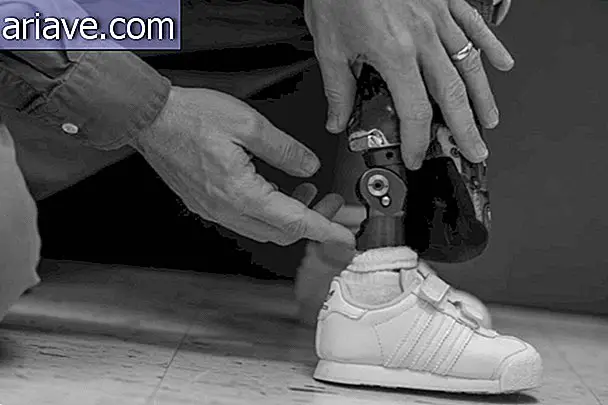New Process May Revolutionize Anatomy, Decrease Animal Death
A revolutionary process could change the way researchers study anatomy and various diseases: it is a compound that will make the bodies of laboratory animals transparent, making research easier and reducing the number of deaths in the name of science.
Think of lab rats: They will get a compound called uDISCO (ultimate 3D imaging of solvent-cleared organs) that will genetically modify the proteins of these animals.
When killed, these specimens will be washed with a solution that removes water and grease from the tissues, giving the bodies up to 95% transparency and allowing a full view of the organs.

The technique will also reduce bodies by up to 65%, allowing researchers to place the entire rodent in a single sample to be viewed under the laser scanning microscope. This way the proteins will glow and it will be possible to map the neural network from head to tail.
It is hoped that in the future it will be possible to use uDISCO to map the human brain and thus make new neurological discoveries about diseases such as Alzheimer's and Parkinson's.

The method will offer highly detailed dimensional analyzes of organs with unimaginable speed. Thus, when digital atlas of specimens are generated, it will be possible to decrease the number of animals killed in studies.











